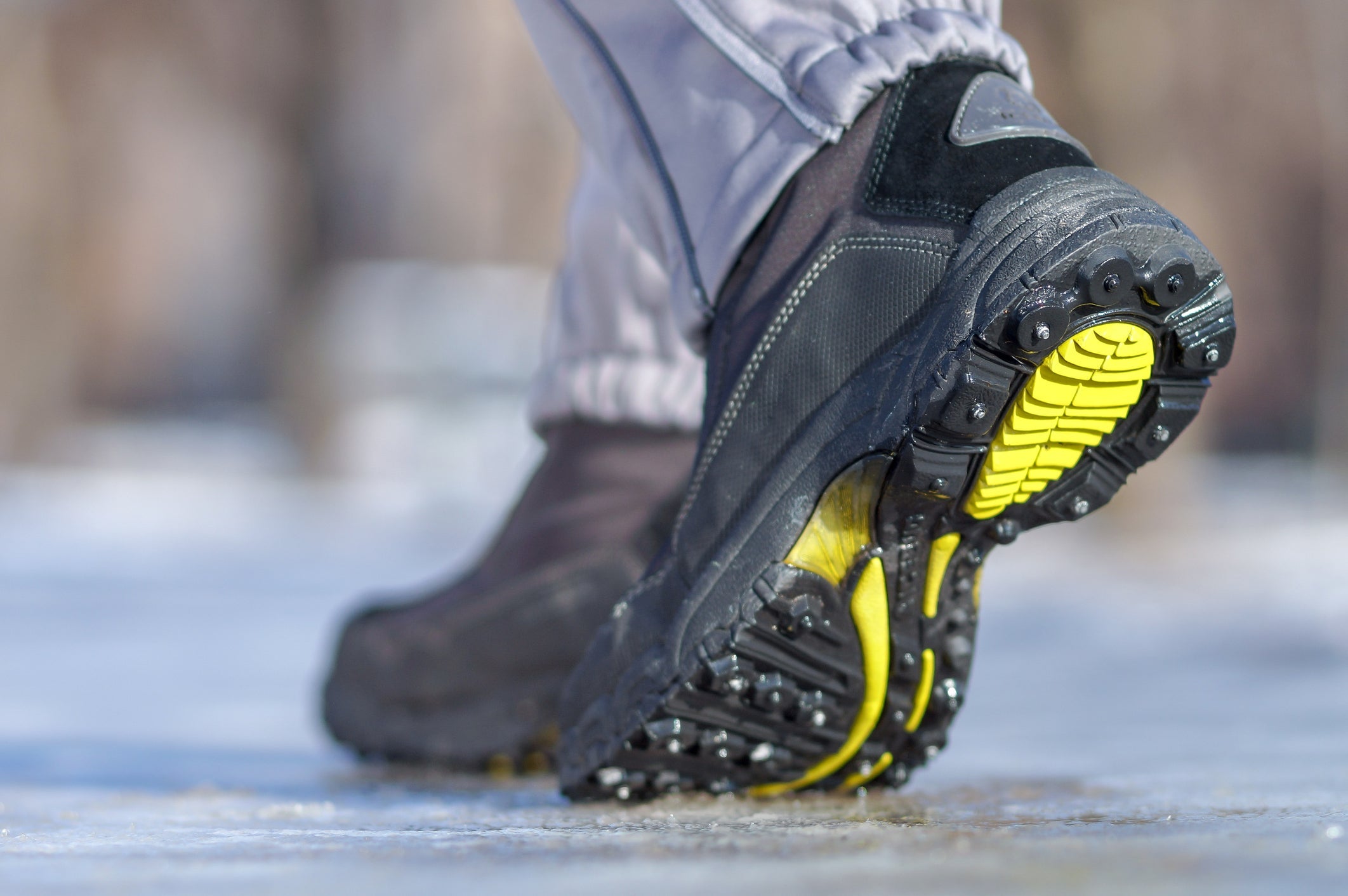Why Safety Footwear Matters
Your feet carry you through every job. Whether you're working in construction, utilities, disaster response, or shipping, the risk of foot injuries—from falling tools to electrical hazards—is real. OSHA mandates protective footwear when a hazard is present. Wearing proper footwear not only ensures compliance under 29 CFR 1910.136 but also enhances on-the-job safety for the long haul.
OSHA & ASTM Safety Footwear Standards
OSHA requires safety shoes to meet performance standards by ASTM International, specifically ASTM F2412 (testing methods) and ASTM F2413 (performance specs). These include:
- I/75 – Impact resistance (75 ft-lb)
- C/75 – Compression resistance (2,500 lb)
- EH – Electrical hazard protection up to 600 V
- PR – Puncture resistance (with steel midsole)
- SD / Cd – Static dissipative (SD) or conductive (Cd)
From ANSI to ASTM
Before 2005, ANSI Z41 governed footwear safety standards. In March 2005, ASTM F2412 and F2413 officially replaced ANSI Z41 as the OSHA-referenced standards. Brands may still label older models with ANSI, but ASTM compliance is the current benchmark.
Choosing the Right Safety Footwear
Match features with your hazard exposure:
- Impact/compression hazards: Look for “I/C 75” ratings
- Risk of electrical shock: Choose “EH”-rated boots (e.g., electricians)
- Sharp debris or nails: Go for PR-rated (puncture-resistant)
- Static-sensitive environments: Opt for SD (dissipative) models
- Wet or chemical areas: Waterproof or chemical-resistant uppers
Explore our certified selections at eDisasterSystems.com/Footwear.
Types of Safety Footwear to Know
- Steel Toe Boots – Classic choice for impact protection
- Composite Toe – Non-metallic, lighter, and non-conductive
- Alloy Toe – Lightweight and durable
- Metatarsal Guard – Added coverage across the instep
- Overboots/Overshoes – Used over regular shoe for temporary protection
Metal toe caps may set off airport scanners—composite alternatives are TSA-friendly.
How to Care For Safety Footwear
- Inspect monthly for sole wear, cracking seams, or damaged toe caps
- Clean with mild soap; avoid harsh chemicals that degrade materials
- Keep dry—moisture can compromise leather, insulation, or electrical integrity
- Replace footwear once out of spec or after a severe impact event
FAQ
About the Author
Mick Chan brings over 15 years of expertise in workplace safety and PPE. With a degree in Business Administration from Cal State LA, Mick specializes in blending OSHA compliance with practical product recommendations. Based in the San Gabriel Valley, he understands regional needs in construction, utilities, and disaster preparedness.

